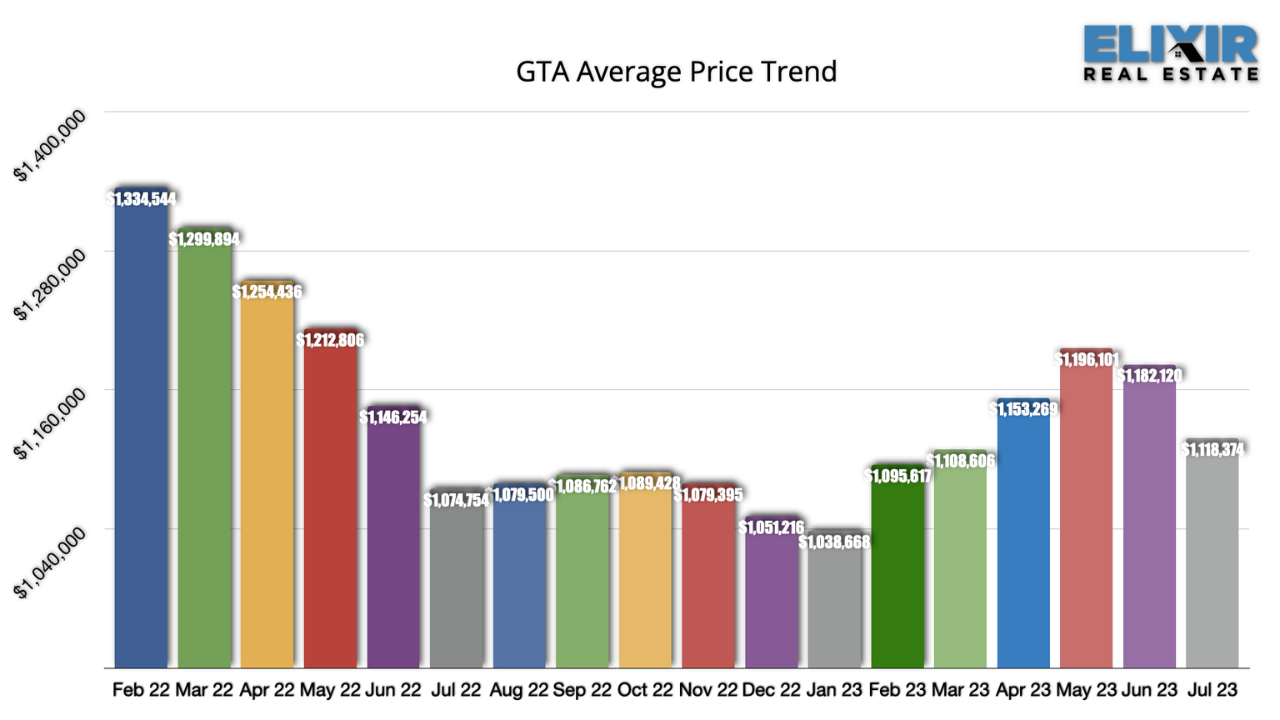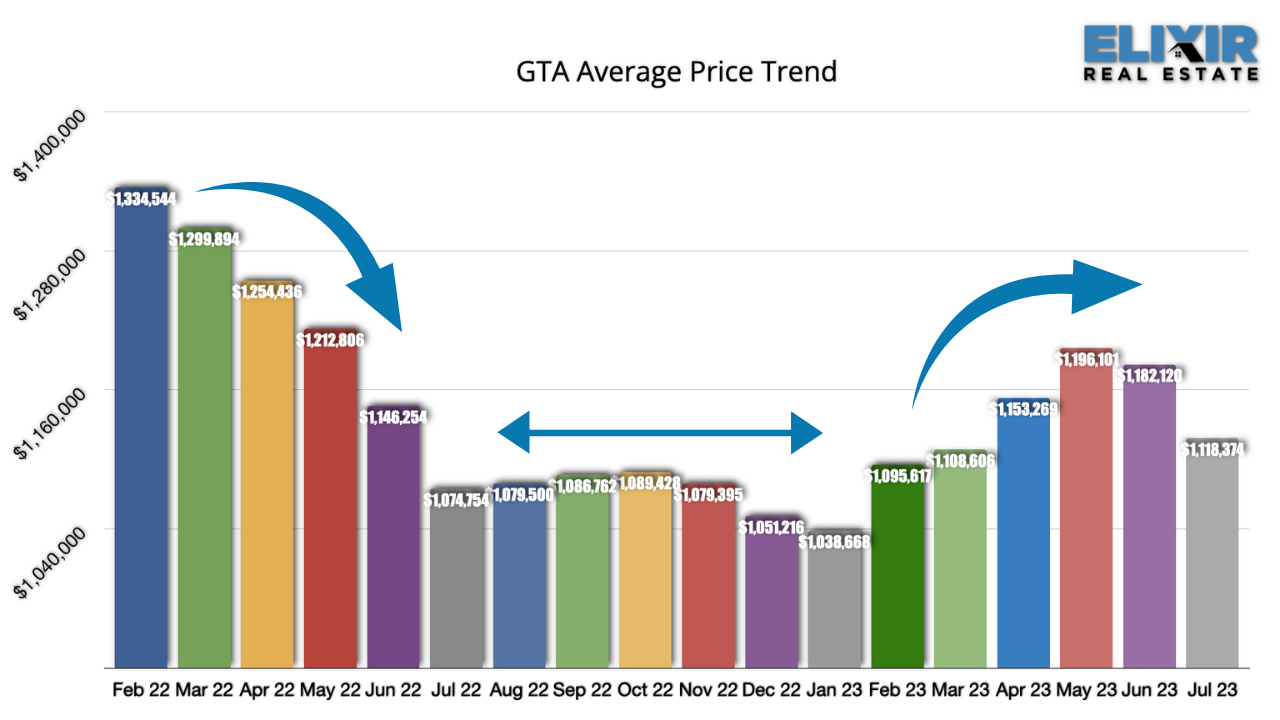In our previous discussions, we emphasized the paramount importance of understanding market trends when making sound real estate decisions. Building upon that foundation, we now venture deeper into the realm of real estate wisdom by delving into the specific indicators that can illuminate the path ahead.
House Prices - The most straightforward indicator is house prices. A consistent month-over-month decrease signals a declining market, whereas a consistent increase signifies a robust seller's market. If prices are relatively steady with conventional gradual increases, it suggests we're in a balanced market. In this infographic here where we can see the plotting of prices in the last 1.5 years you can see all three kinds of markets.
Inventory Levels - A buyer-dominated market typically has surplus inventory, providing plentiful opportunities for buyers to choose from. Due to the large inventory, the buyers are in the driving seat and generally in a better position to negotiate. On the other hand, in a seller-driven market, inventory is usually limited, leading to competing offers and giving sellers the upper hand.
Sales Volume - Sales volume can also be a significant market trend indicator. In a buyer's market where the supply of homes exceeds demand, sales volumes may decrease or remain stagnant. Buyers have numerous options, allowing them to negotiate lower prices, hence they take longer to decide, leading to fewer transactions. Conversely, in a seller's market where demand outweighs supply, sales volumes generally increase. With limited choices and high competition, potential buyers must act quickly, resulting in more transactions.
Days on Market - In a buyer's market, surplus supply over demand often leads to homes staying on the market for longer periods. However, in a seller's market where demand outstrips supply, homes typically sell faster, resulting in fewer days on the market.
Rent Prices - In a buyer's market, an abundance of supply can result in lower home prices, making homeownership more affordable. This could potentially decrease demand for rental properties and slow down rent price growth. Conversely, in a seller's market, the scarcity of available homes can inflate prices, making it more challenging for people to buy. Consequently, more people might resort to renting, increasing demand for rental properties and driving rent prices up.
Apart from these, larger economic factors like interest rates, economic growth, unemployment rates, and population growth also influence market trends. ?
?
For instance, the dramatic shifts in the real estate market over the past few years can be attributed in part to economic factors such as the Bank of Canada's multiple rate hikes in 2022, which brought the market down until it bottomed out in July 2022. However, after rate hikes were paused on January 25th, 2023, the market responded positively with a sharp increase in the first half of 2023. Increased immigration intake, which kept housing demand high, was another contributing factor.
Wish you all the very best! Reach out to our dedicated team at Elixir for any queries you have in Real Estate and we will do our best to help.
Mudit Mehta
Broker of Record
ELIXIR REAL ESTATE INC.
Off: 416-816-6001 | [email protected]




